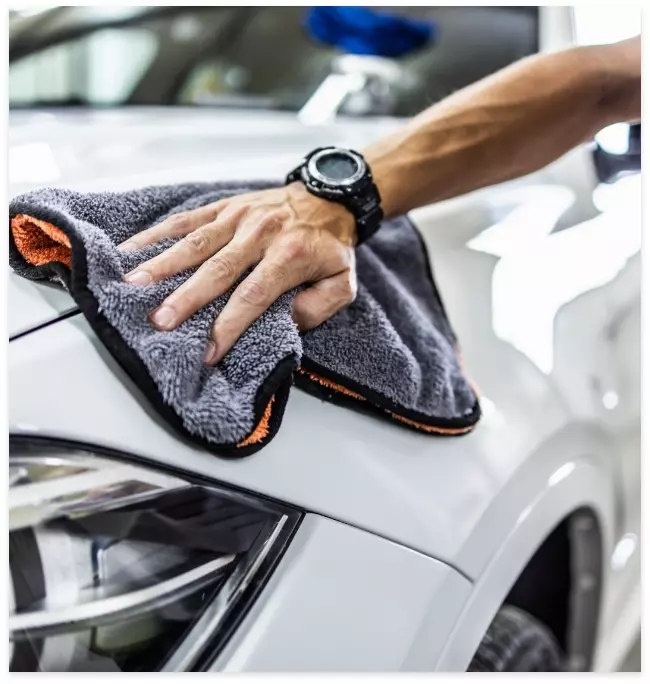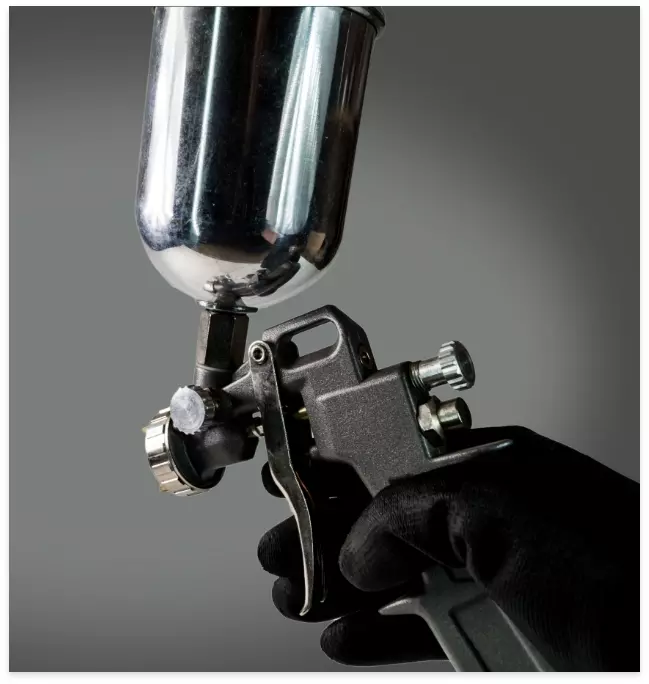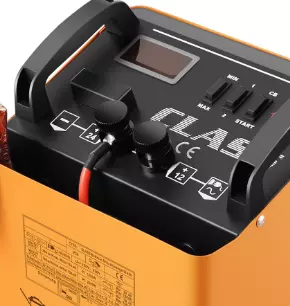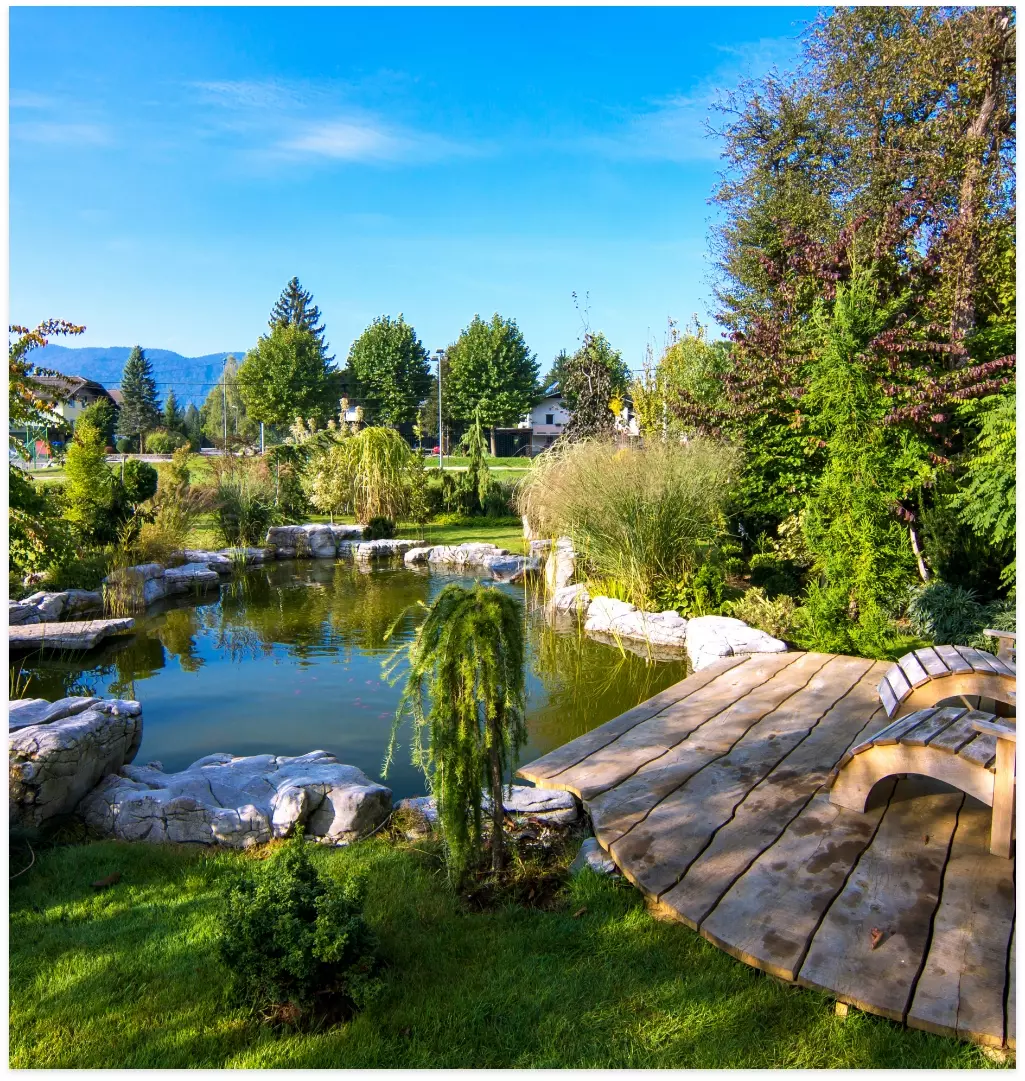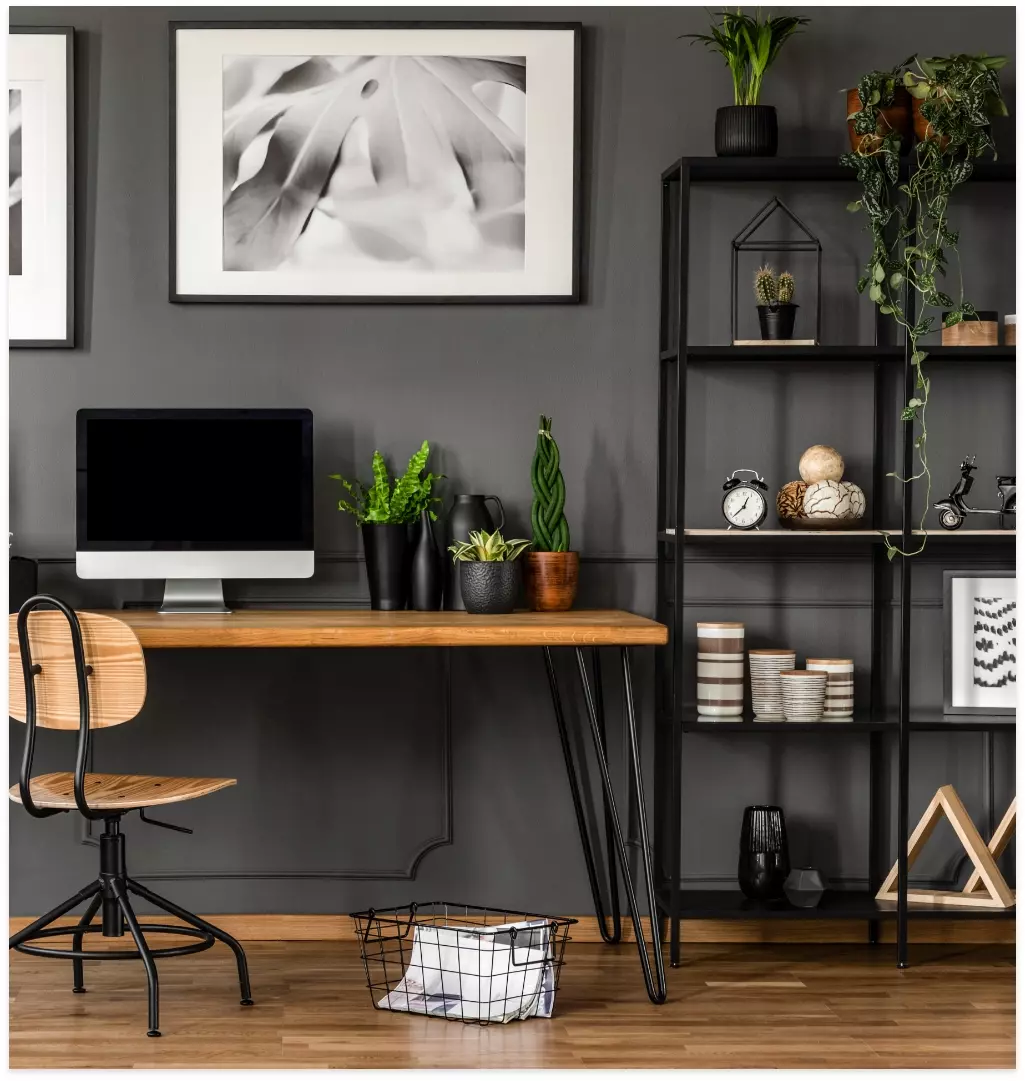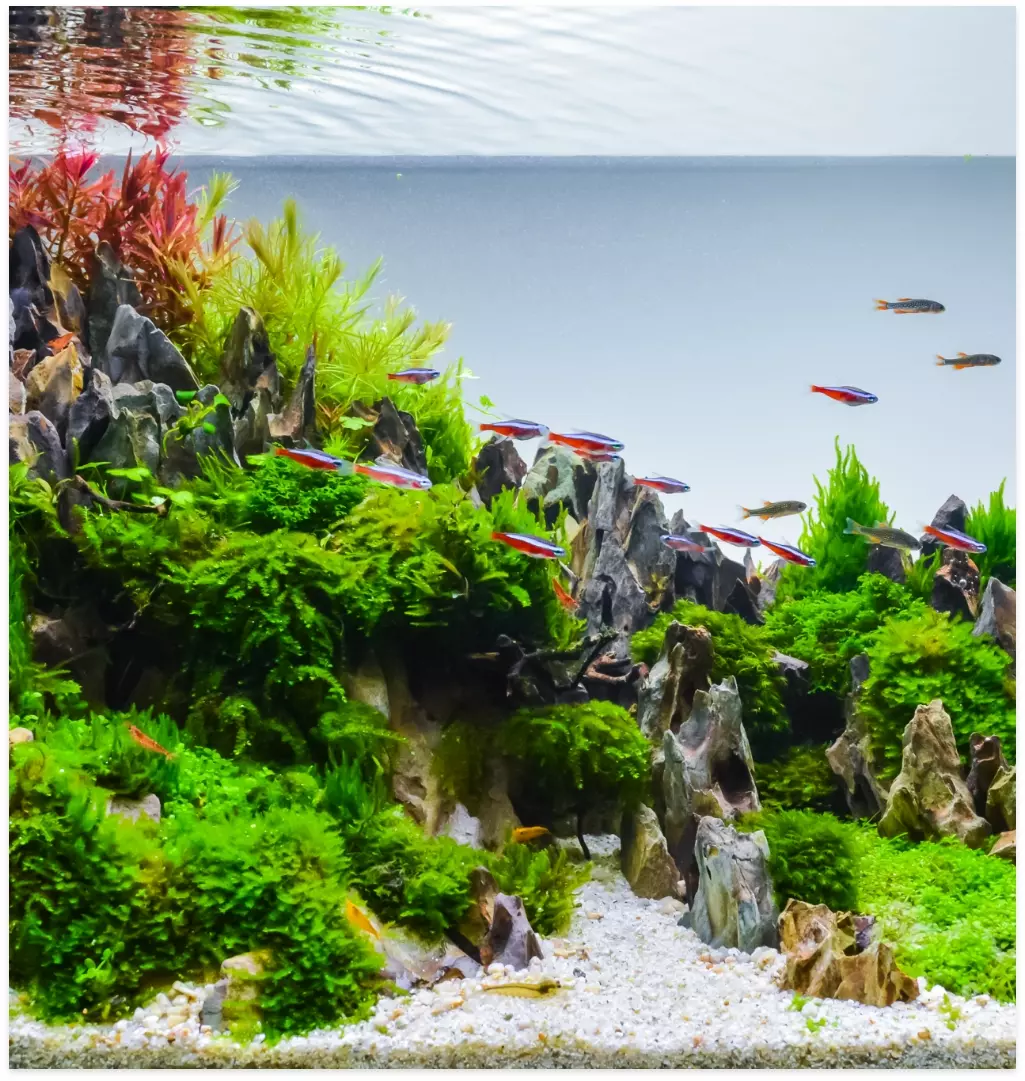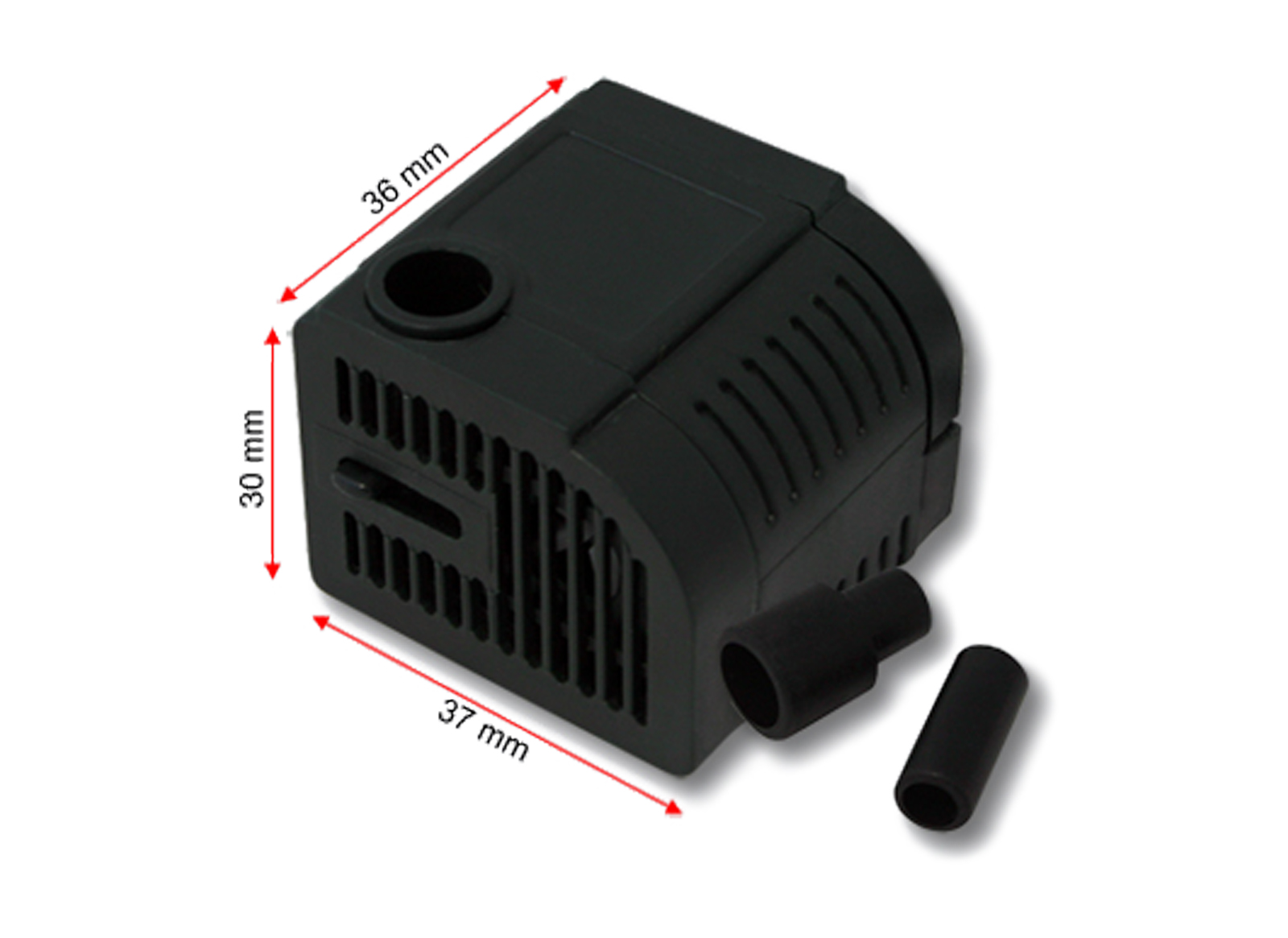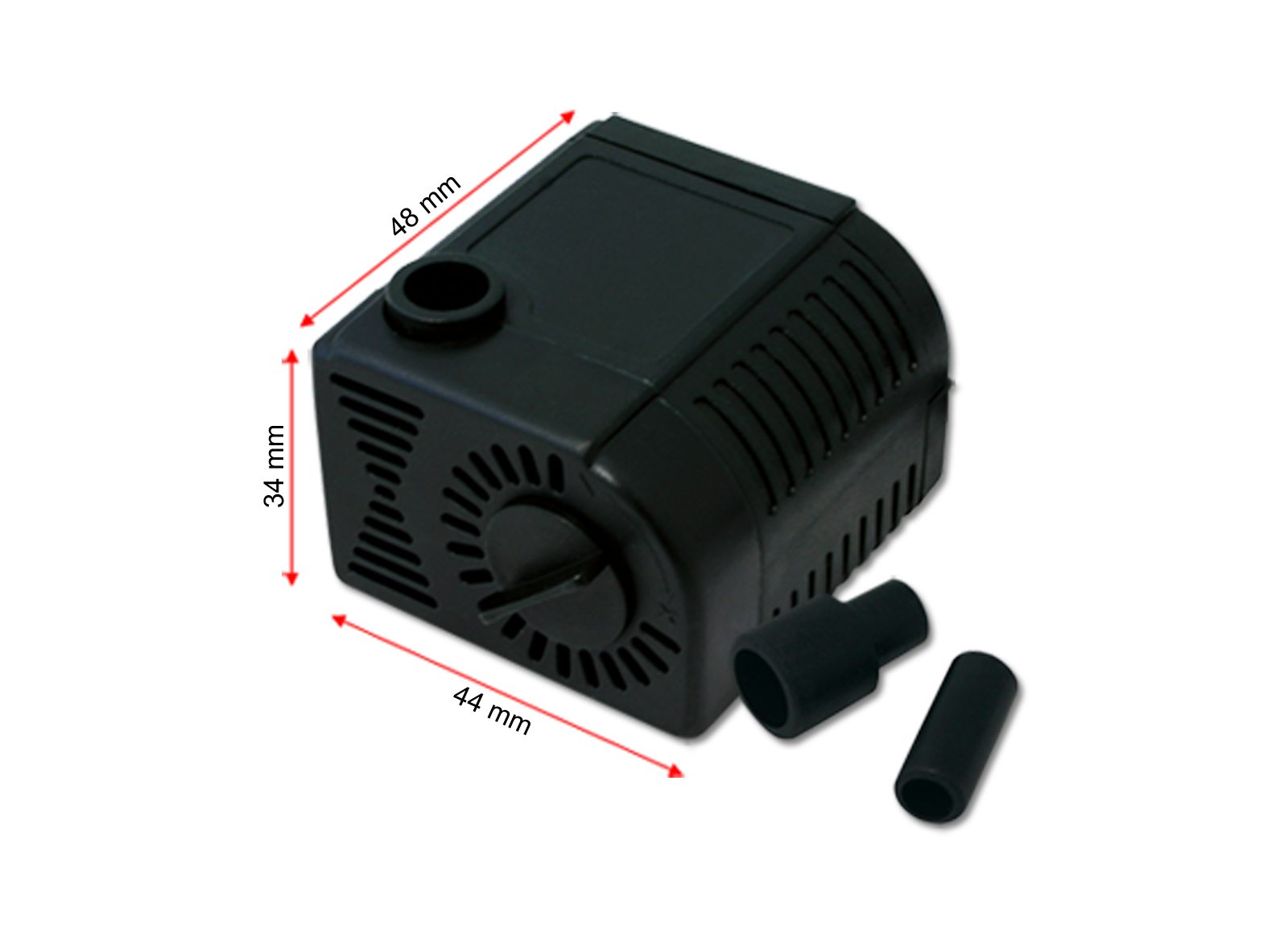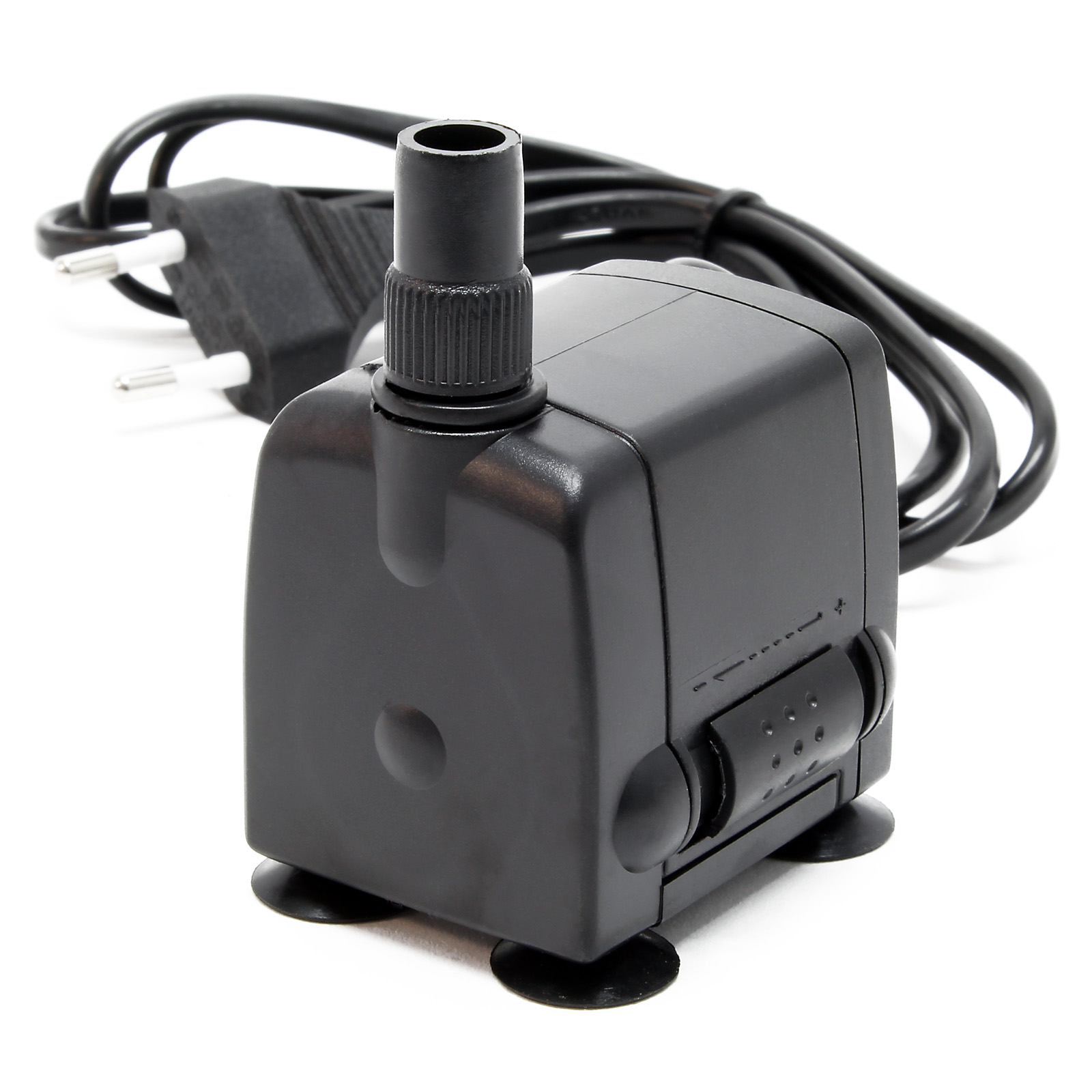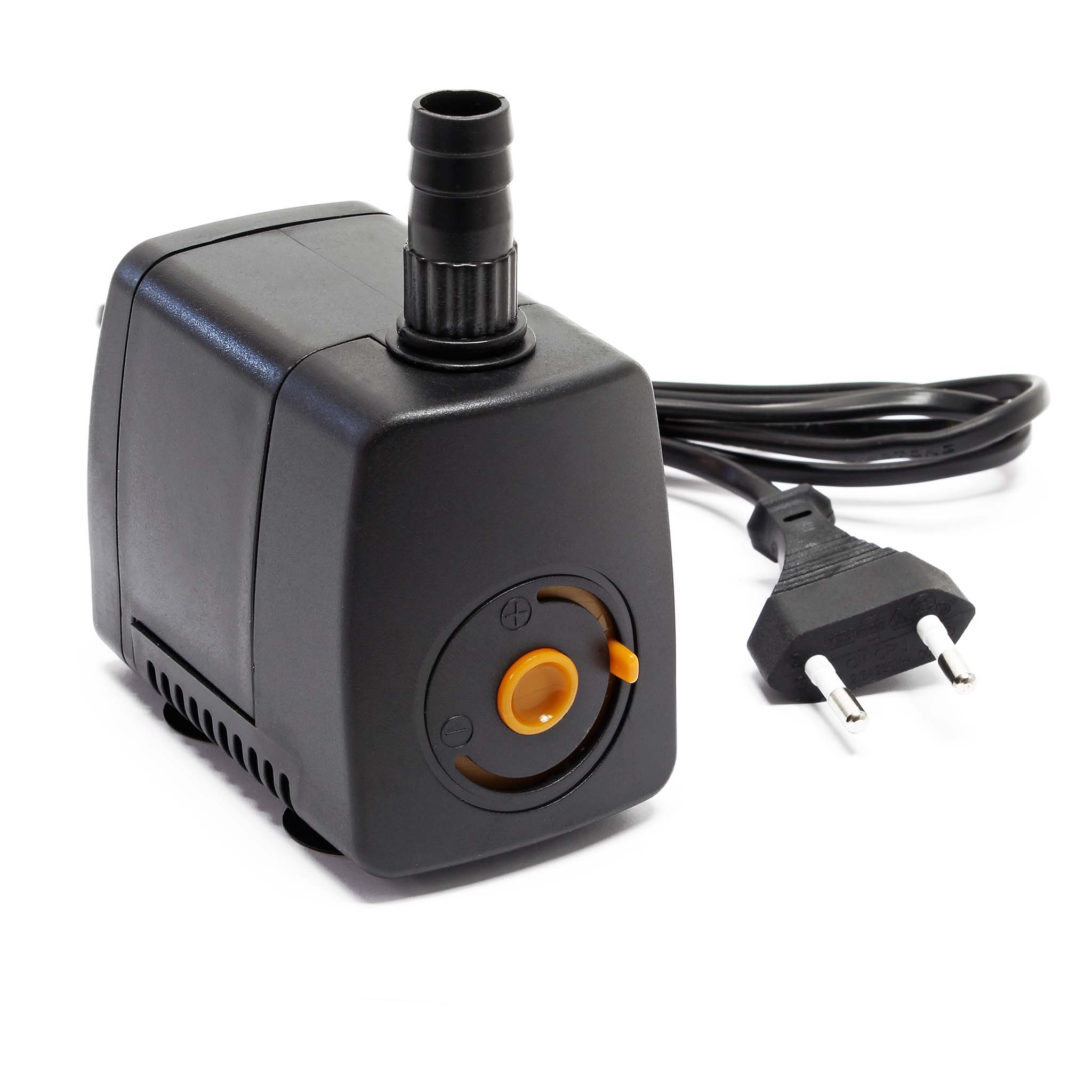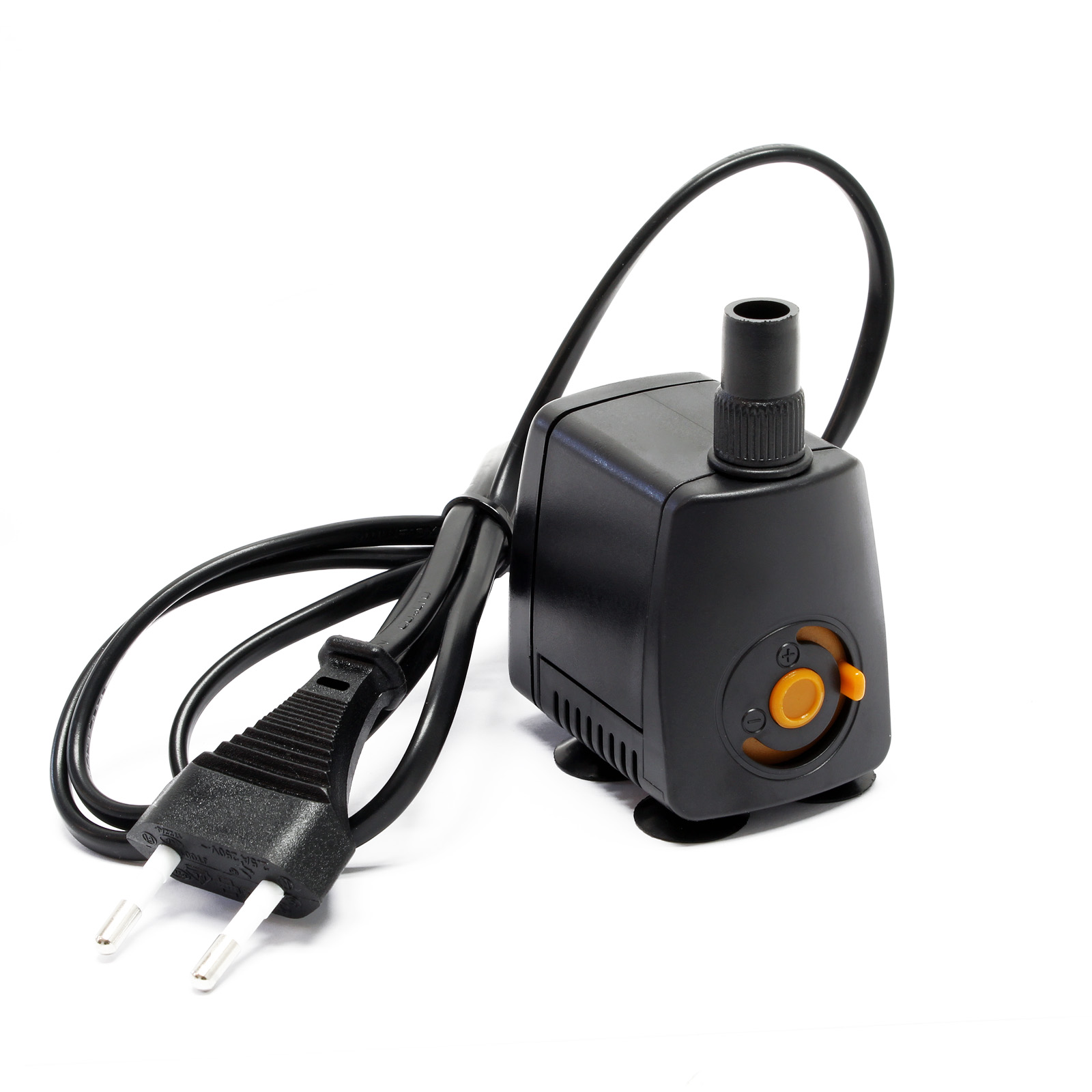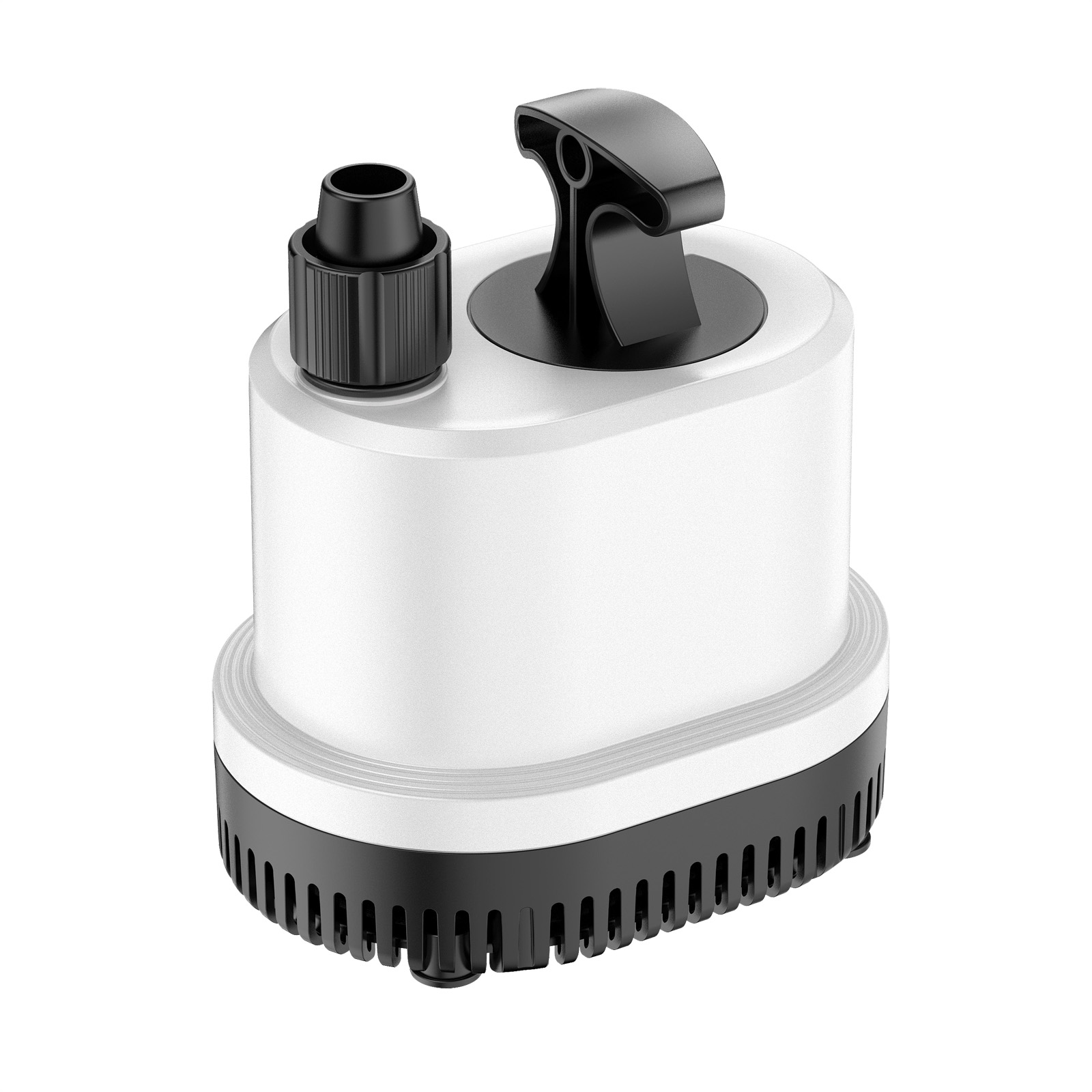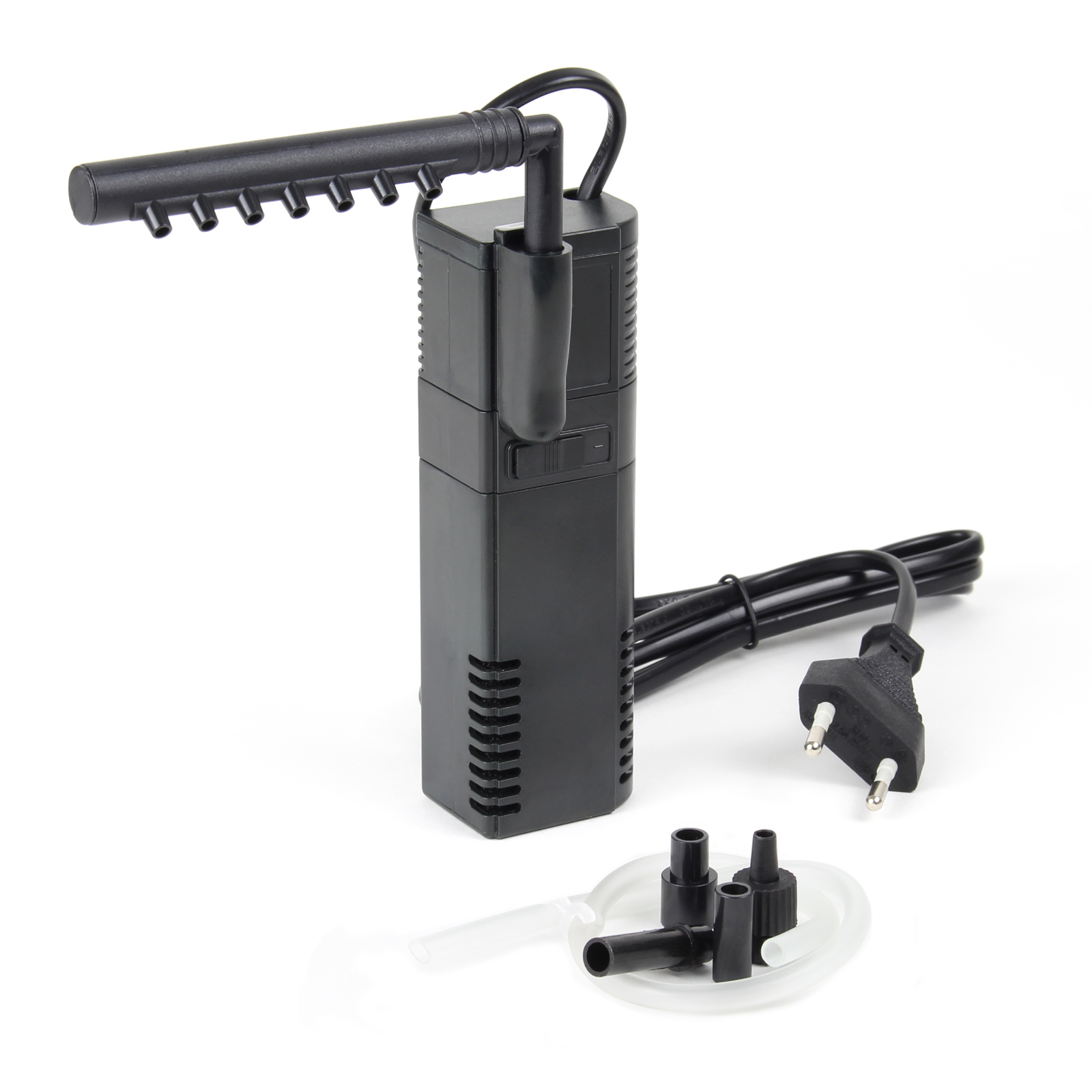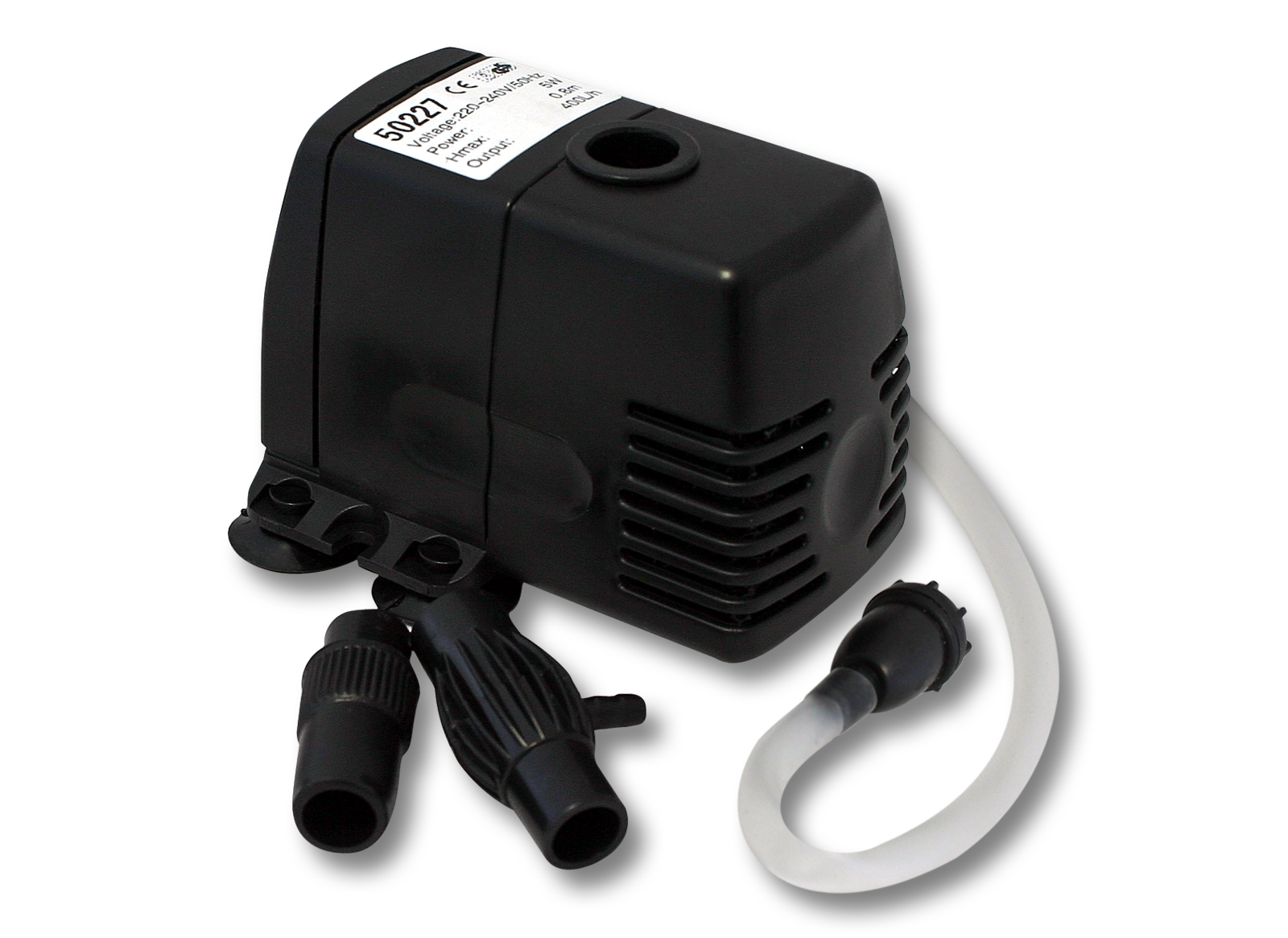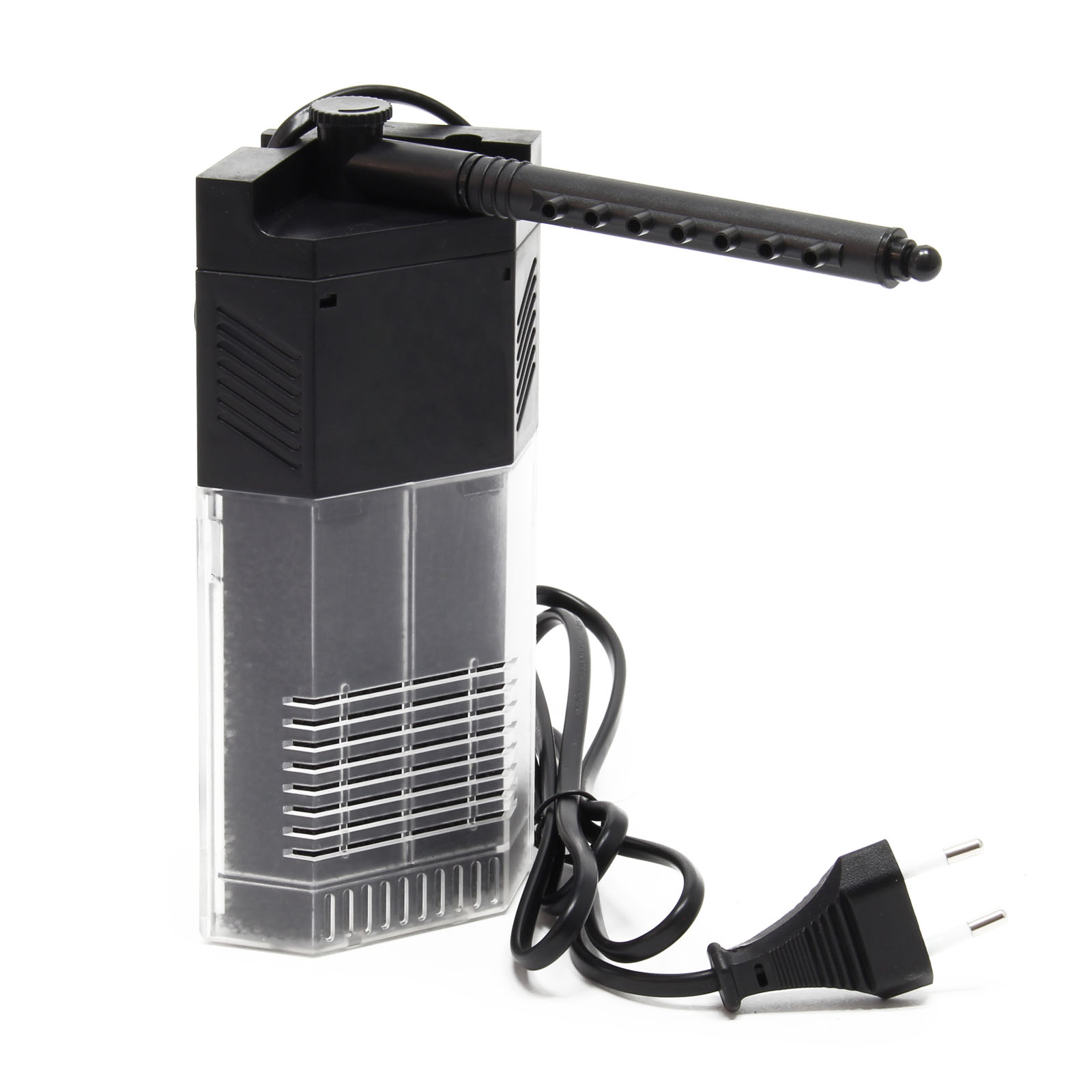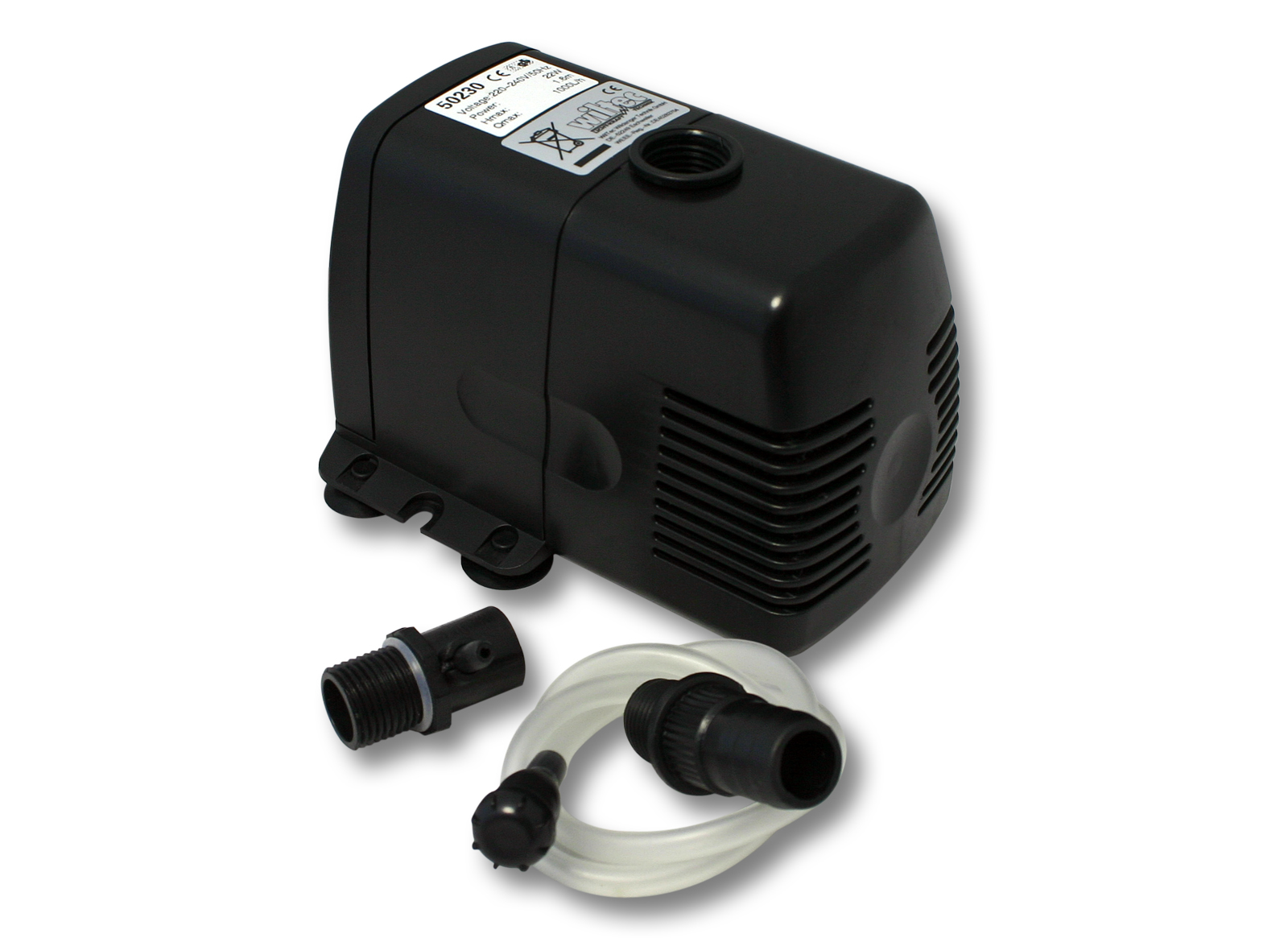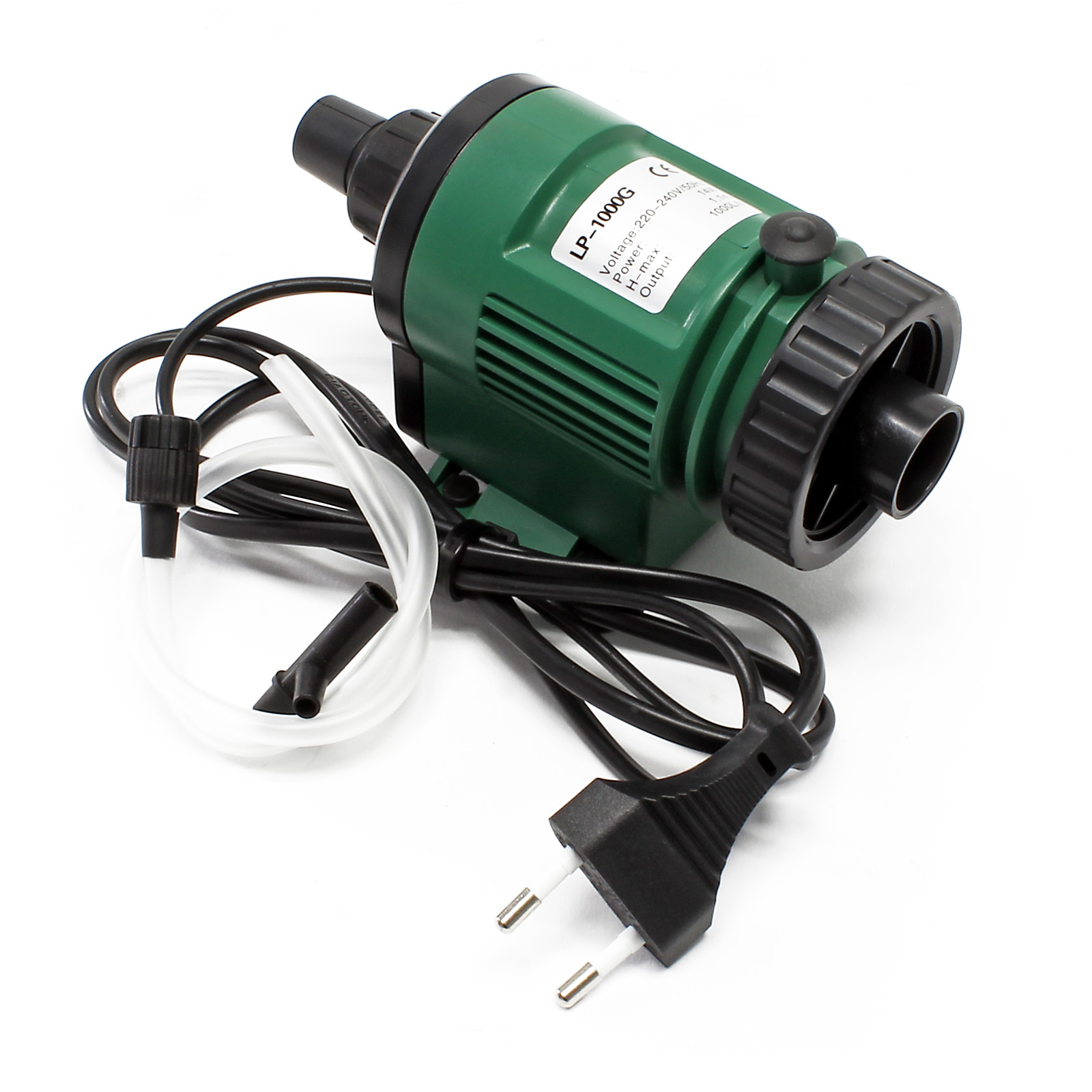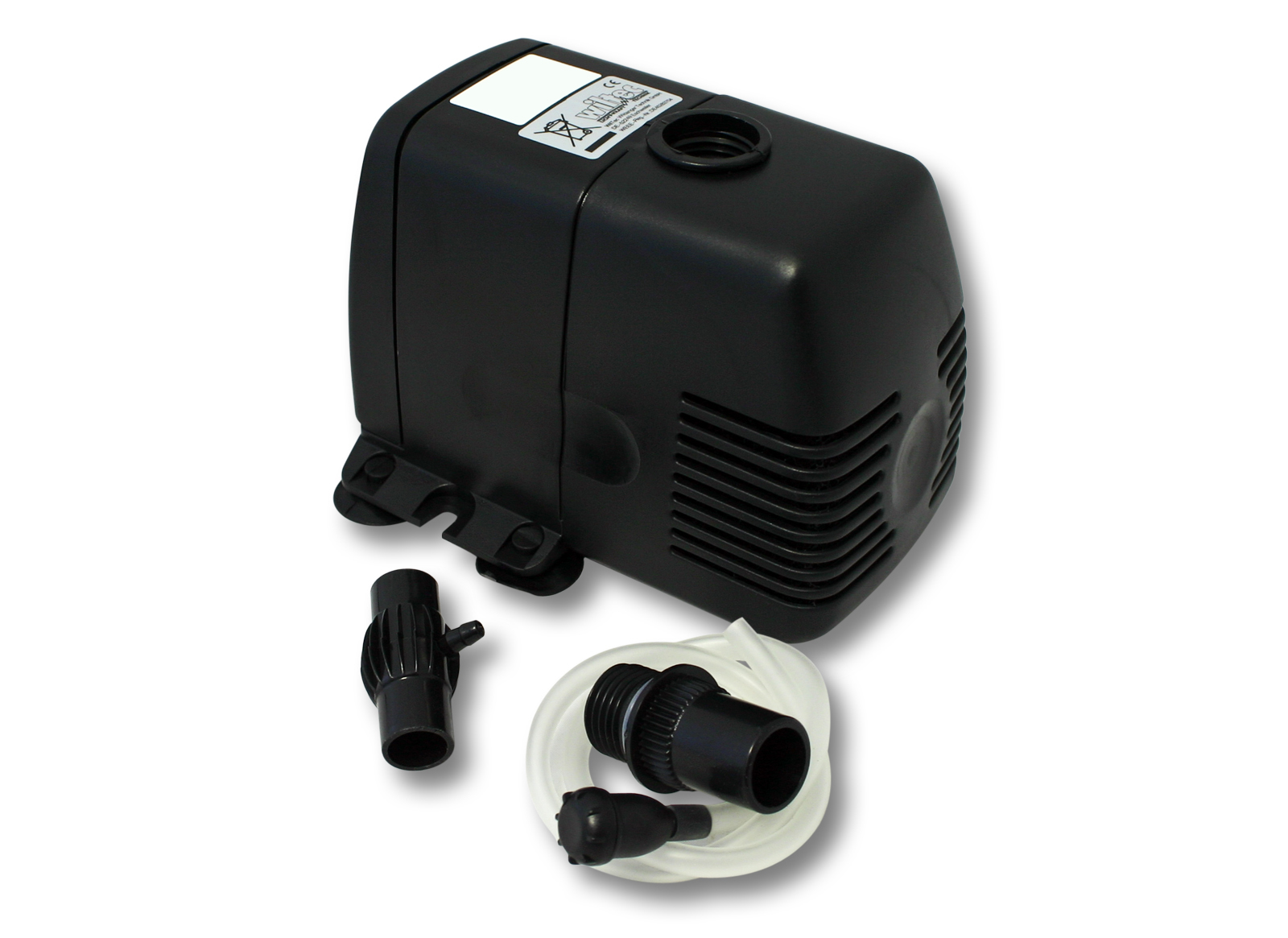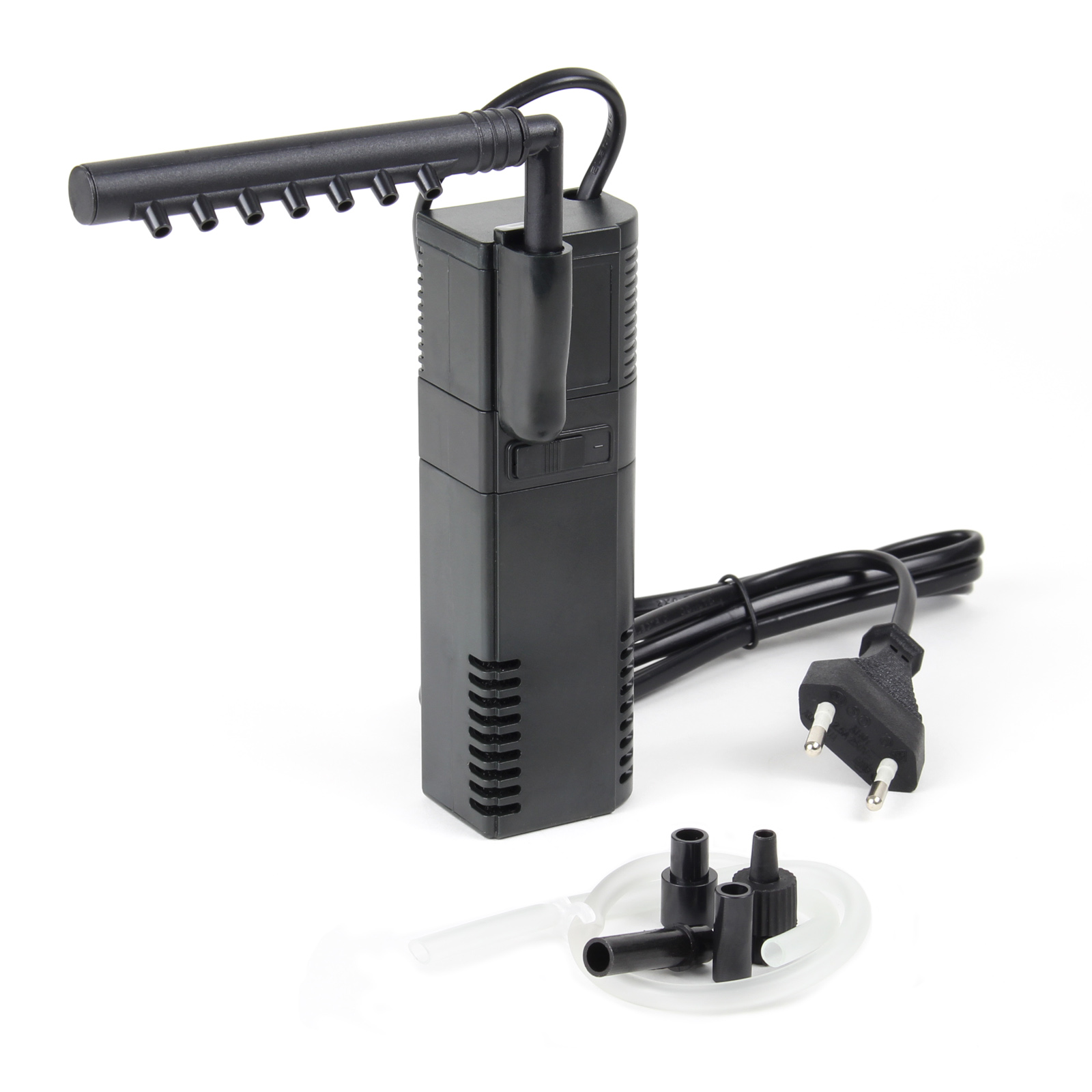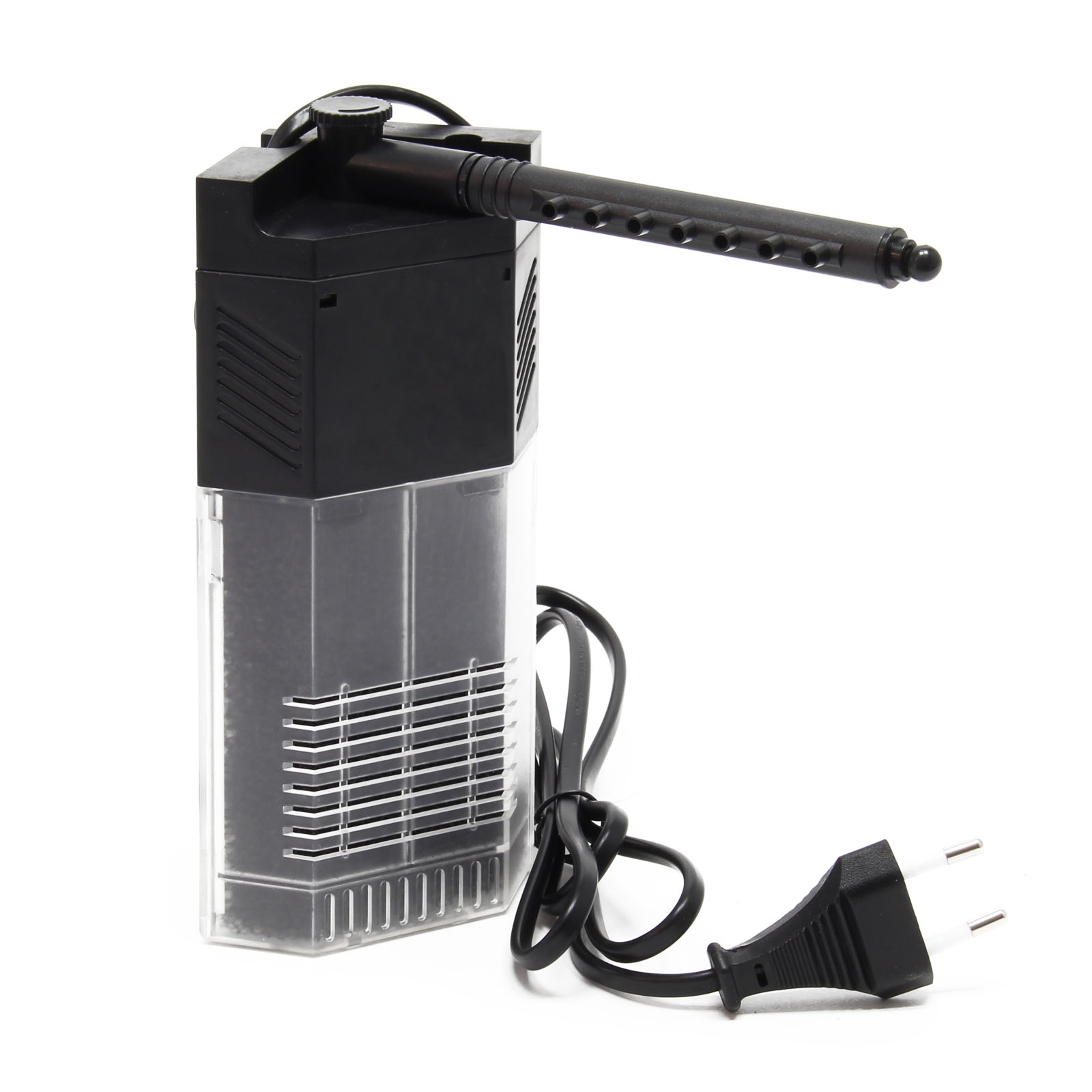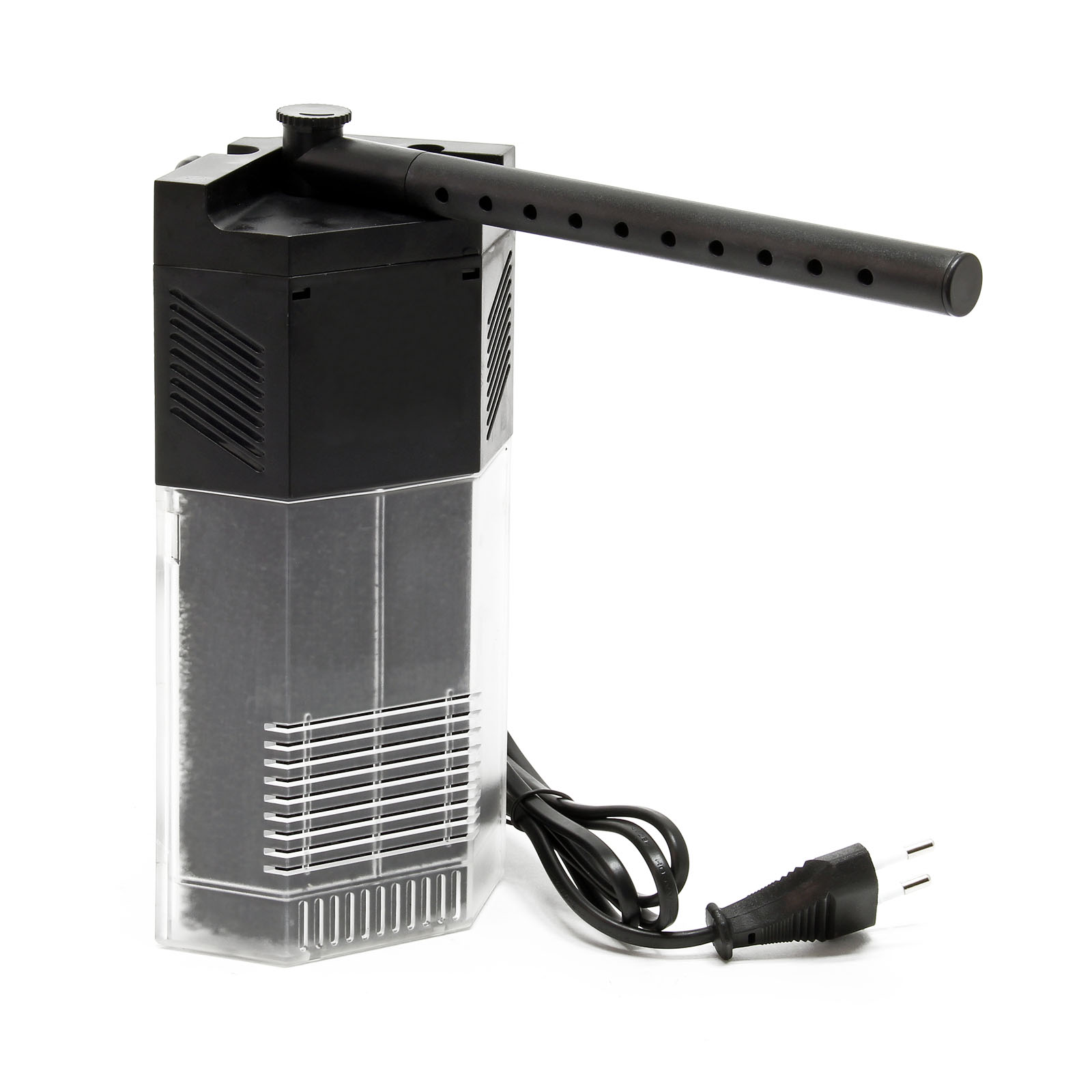Aquarium Pumps
Available, delivery time: 2 - 3 days
• Pump flow 550 l/h at 10 W
• Delivery height 0.9 m
• 14.5-mm hose connection
Available, delivery time: 2 - 3 days
• Pump flow 200 l/h at 2 W
• Delivery height 0.45 m
• 8-mm hose connection
Available, delivery time: 2 - 3 days
• Pump flow 600 l/h at 8 W
• Delivery height 1.0 m
• 12-mm hose connection
Available, delivery time: 2 - 3 days
• Pump flow 300 l/h at 2 W
• Delivery height 0.6 m
• 8-mm hose connection
Available, delivery time: 2 - 3 days
• Pump flow 350 l/h at 5 W
• Delivery height 0.6 m
• 12-mm hose connection
Available in 32 days, delivery time 2 - 3 days
• Pump flow 800 l/h at 16 W
• Delivery height 1.3 m
• 14.5-mm hose connection
Available, delivery time: 2 - 3 days
• Pump flow 350 l/h at 5 W
• Delivery height 0.6 m
• 12-mm hose connection
Available, delivery time: 2 - 3 days
• For aquariums
• Max. pumping rate: 2,500 l/h, 40 W
• Max. delivery head: 2.3 m
• Overheating protection & anti-dry-running
Available, delivery time: 2 - 3 days
• For aquariums up to 750 l: 4-in-1 oxygenation
• Aquarium pump, filter pump & clarifier (9-W UVC)
• Pump: max. 700 l/h – 20 W, max. delivery height 0,7 m
• Filter discharge (outlet) 90° rotatable
Available, delivery time: 2 - 3 days
• For aquariums up to 500 l: 4-in-1 oxygenation
• Aquarium pump, filter pump & clarifier (7-W UVC)
• Pump: max. 700 l/h – 10 W, max. delivery height 0,7 m
• Filter discharge (outlet) 90° rotatable
Available, delivery time: 2 - 3 days
• Aquarium pump flow 450 l/h at 2 W
• Delivery height 0.69 m
• Parallel oxygen supply
• Adjustable water flow
• Corrosion-resistant stainless-steel axis
• For aquariums up to 40 l
Available, delivery time: 2 - 3 days
• Pump flow 400 l/h at 5 W
• Delivery height 1.0 m
• 19-mm hose connection
Available, delivery time: 2 - 3 days
• Pump flow 1400 l/h at 28 W
• Delivery height 2.0 m
• 19-mm hose connection
Available, delivery time: 2 - 3 days
• Pump flow 250 l/h at 3 W
• Delivery height 0.5 m
• For aquariums up to 40 litres
• Filter discharge (outlet) 90° rotatable
Available, delivery time: 2 - 3 days
• Pump flow 1000 l/h at 22 W
• Delivery height 1.0 m
• 19-mm hose connection
Available, delivery time: 2 - 3 days
• Suitable for SunSun external filters
• HW-504A/505A (up to 2022)
Available, delivery time: 2 - 3 days
• Pump flow 1800 l/h at 40 W
• Delivery height 2.5 m
• 19-mm hose connection
Available, delivery time: 2 - 3 days
• Aquarium pump flow 450 l/h at 6 W
• Delivery height 0.69 m
• Parallel oxygen supply
• Adjustable water flow
• Corrosion-resistant stainless-steel axis
• For aquariums up to 60 l
Available, delivery time: 2 - 3 days
• Pump flow 450 l/h at 5 W
• Delivery height 0.8 m
• For aquariums up to 60 litres
• Filter discharge (outlet) 90° rotatable
Available, delivery time: 2 - 3 days
• Pump flow 650 l/h at 7 W
• Delivery height 1.2 m
• For aquariums up to 80 litres
• Filter discharge (outlet) 90° rotatable












